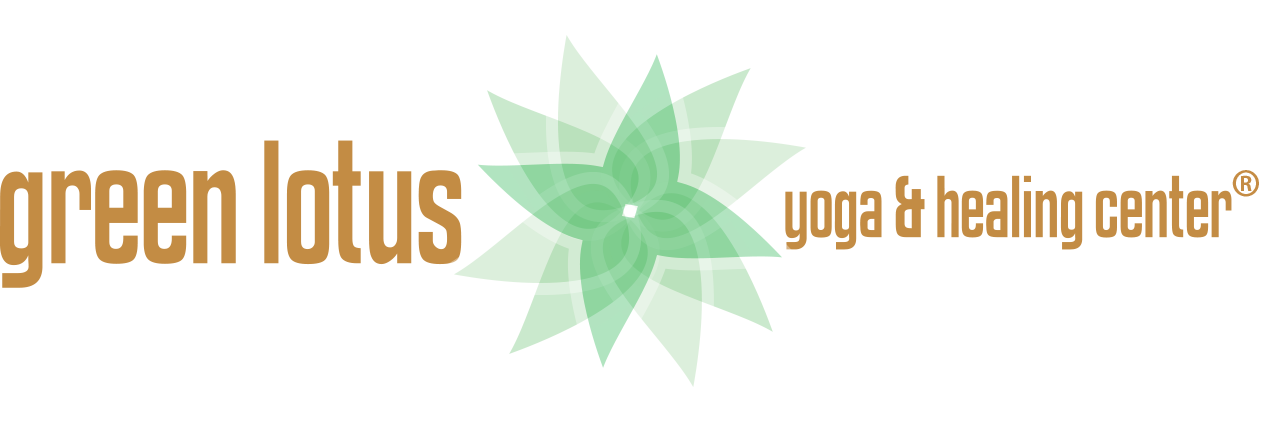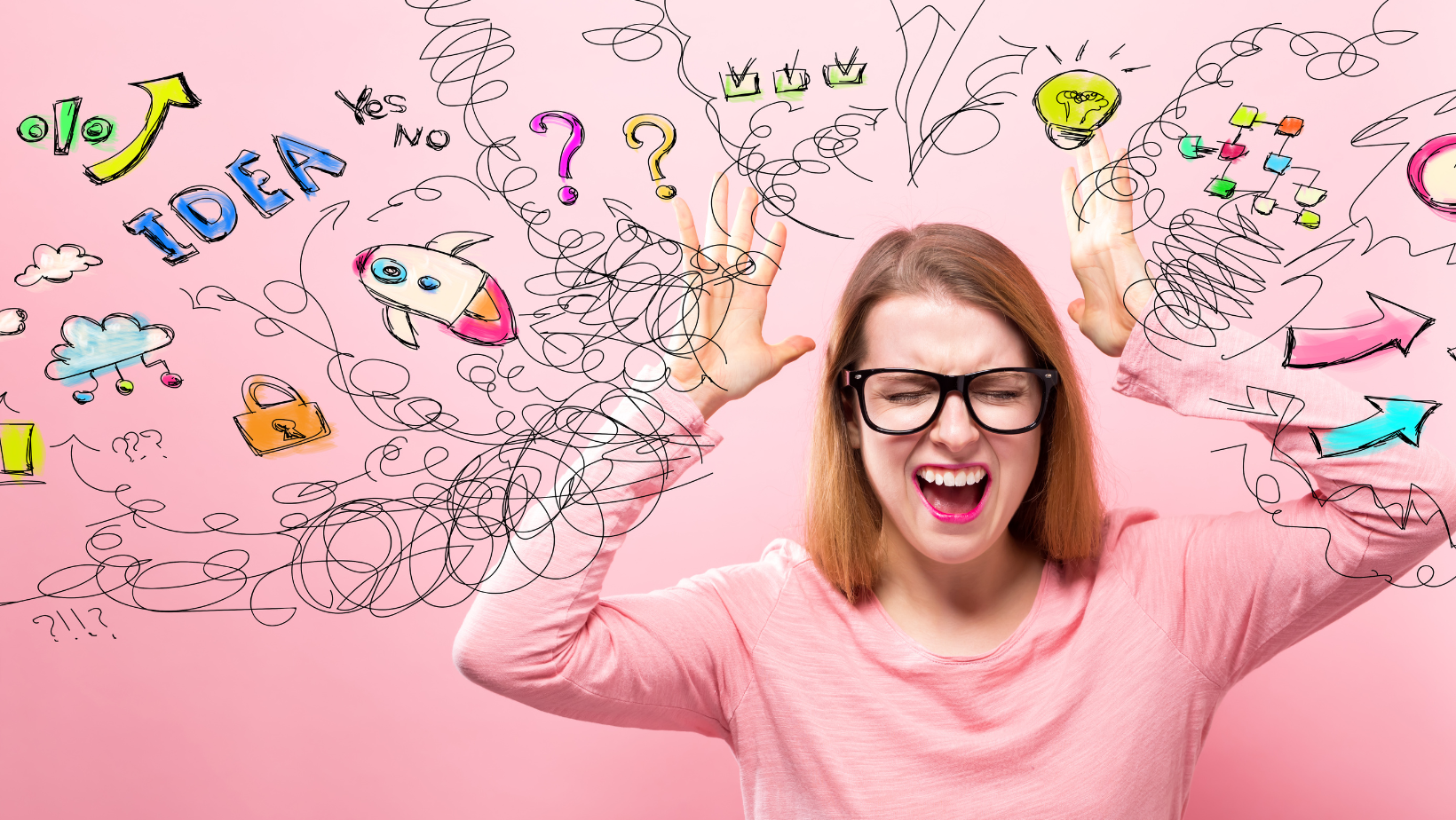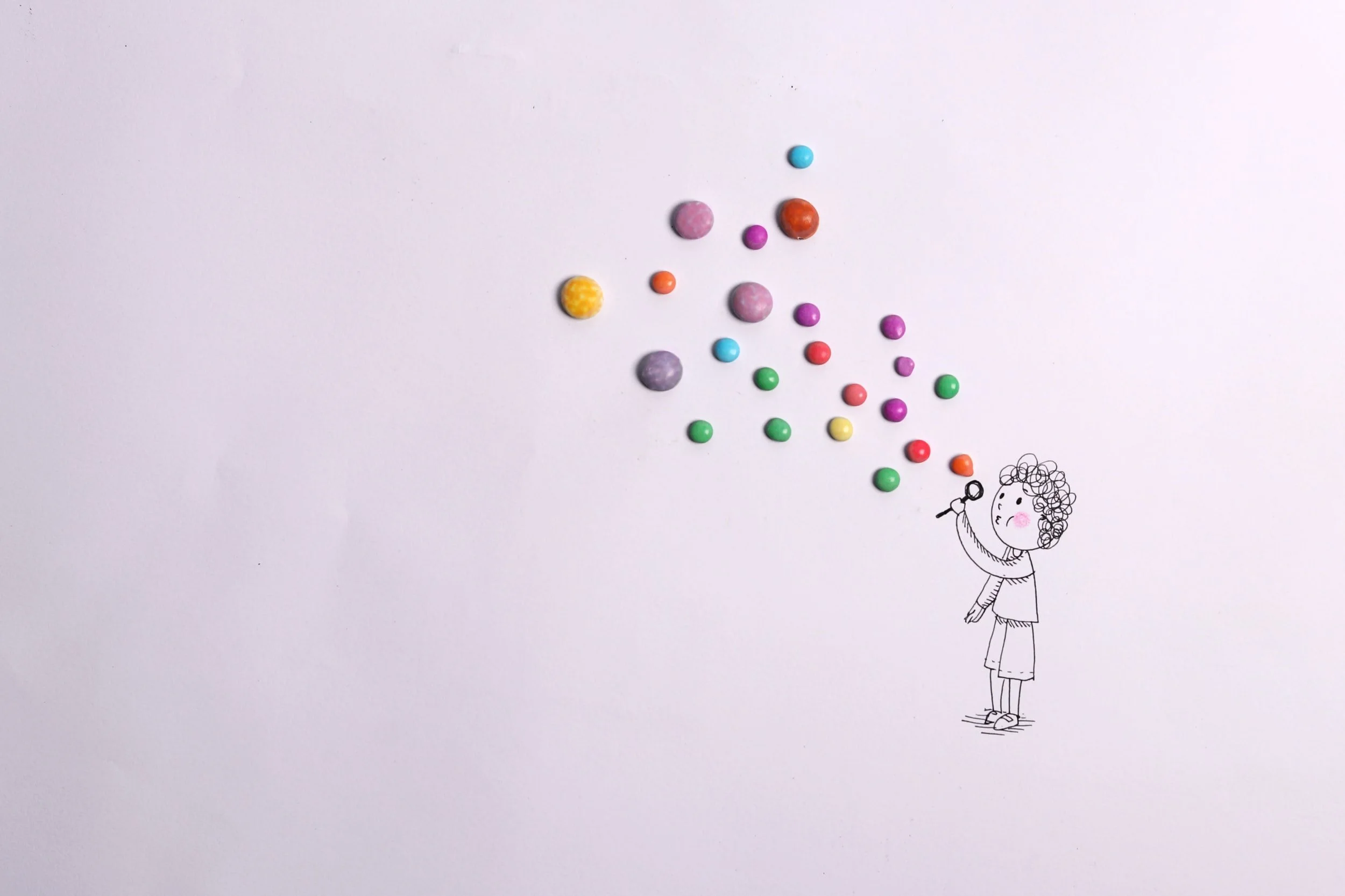Somatics: The Art of Aging with Awareness of Self
/As we age, we become aware of more aches and pains within the physical body. Most of us accept this as the inevitable process of growing old. Yet what if it was something else? What if we could continue to function actively until we leave this earth? What if it is possible to successfully age by approaching it through a different lens?
It is.
The word soma is a Greek word which means “living body”. According to Richard Hanna, who created the somatic movement, there are two ways a human being can be viewed: from the outside in or from the inside out.
When we observe another person – a third-person view – we see a physical body, a shape, or a size. When we observe from an internalized or first-person view, it is always “soma”. To yourself you are a soma – a living body – yet to others you are a body. You are the only one who can feel, sense, and be aware of your inner body and how it feels.
How does this apply to the aging process? Let’s explore.
During the course of our lives our bodies constantly respond to daily stresses and traumas through specific muscular reflexes. Over time, certain muscular contractions become habitual and cannot relax, causing stiffness, pain, and restricted range of motion. We’ve all seen older individuals who move slowly in a hunched-over posture, and this isn’t just age-related. This restricted range of motion, called sensory motor amnesia, can be seen in people of any age.
Somatics uses gentle movement patterns to shift the central nervous system and create new muscular habits. These movements are performed with conscious awareness and focus on the internal experience of the movement. Somatics can help reset natural movement patterns.
Before reading further, it will be helpful to be familiar with some somatic terminology:
Pandiculation: a firm voluntary muscle contraction followed by a slow voluntary release. The brain is engaged in this process to facilitate neuromuscular re-education.
Sensory Motor Amnesia: unconscious, habitual movement patterns that create tension and discomfort; manifests in chronic pain and stiffness
Exteroception: a sensitivity to stimuli outside our bodies; the five senses
Proprioception: the awareness of the position and movement of the body
Interoception: the sense of the internal state of the body; this can be both conscious and non-conscious
Nocioception: relating to the sensation of pain
In a somatic session (this may take place in a class, workshop, or private session), we begin with body scanning, pausing and noticing where we are in space so we can facilitate internal awareness and neuromuscular reeducation. We then begin somatic sequences, series of movements to foster body awareness and exploration of movement. Once we begin to focus on the internal sensations with conscious awareness, we can begin to reduce the experience of pain in a movement.
Mary demonstrates two simple somatic exercises
Why might you want to incorporate somatics into your daily routine?
Somatics is a ground-based movement which helps reduce muscle guarding and tension because being supported by the floor allows you to notice the subtle nuance of your movements with less effort.
Without a preconceived notion of what it should outwardly look like, new brain connections are created.
The nervous system switches from the flight or fight pattern to one of rest and digest.
Developing awareness through somatic work will deepen your yoga practice or any other physical activity you choose.
You can choose to age with less pain, less restriction, and more freedom.
If you would like to learn more, I recommend Richard Hanna’s book Somatics: Reawakening the Minds Control of Movement, Flexibility, and Health.
Try SomaYoga
Mary Schwantes is a lifelong participant, educator, and instructor of dance and fitness. Her vast range of experience includes fitness director for the Northwest racquet clubs, fitness seminar presenter for Nike, and dance instructor for a
private studio. An avid equestrian, Mary sets goals for herself in her yoga practice to enhance her riding ability thru a mind body connection with her horse. Having had shoulder and knee injuries Mary is empathetic to students dealing with their own physical limitations. She believes that as we age acceptance, modification and adaptability is the key to lifelong practice on the mat. Mary seeks to empower her students as she continues her own journey of enlightenment.














